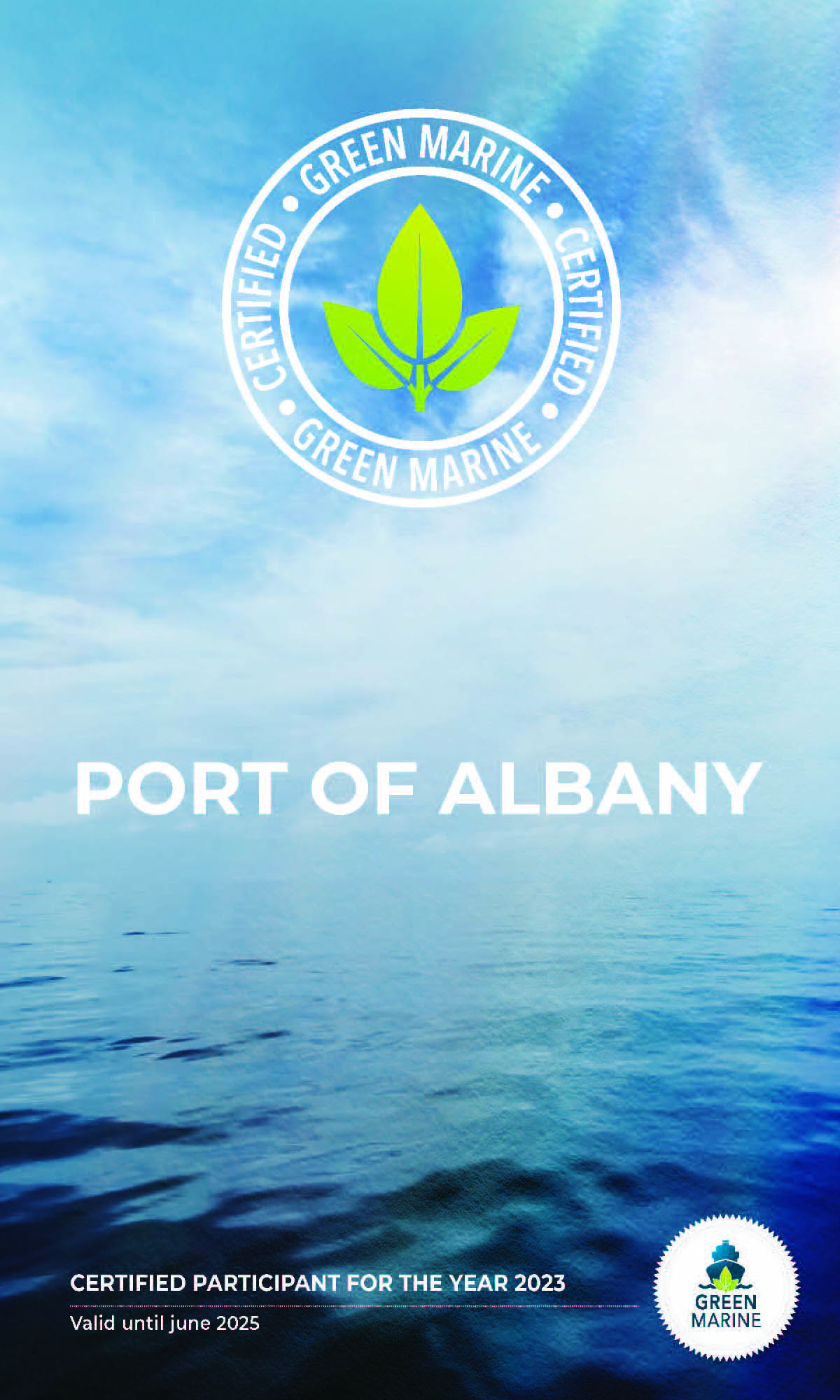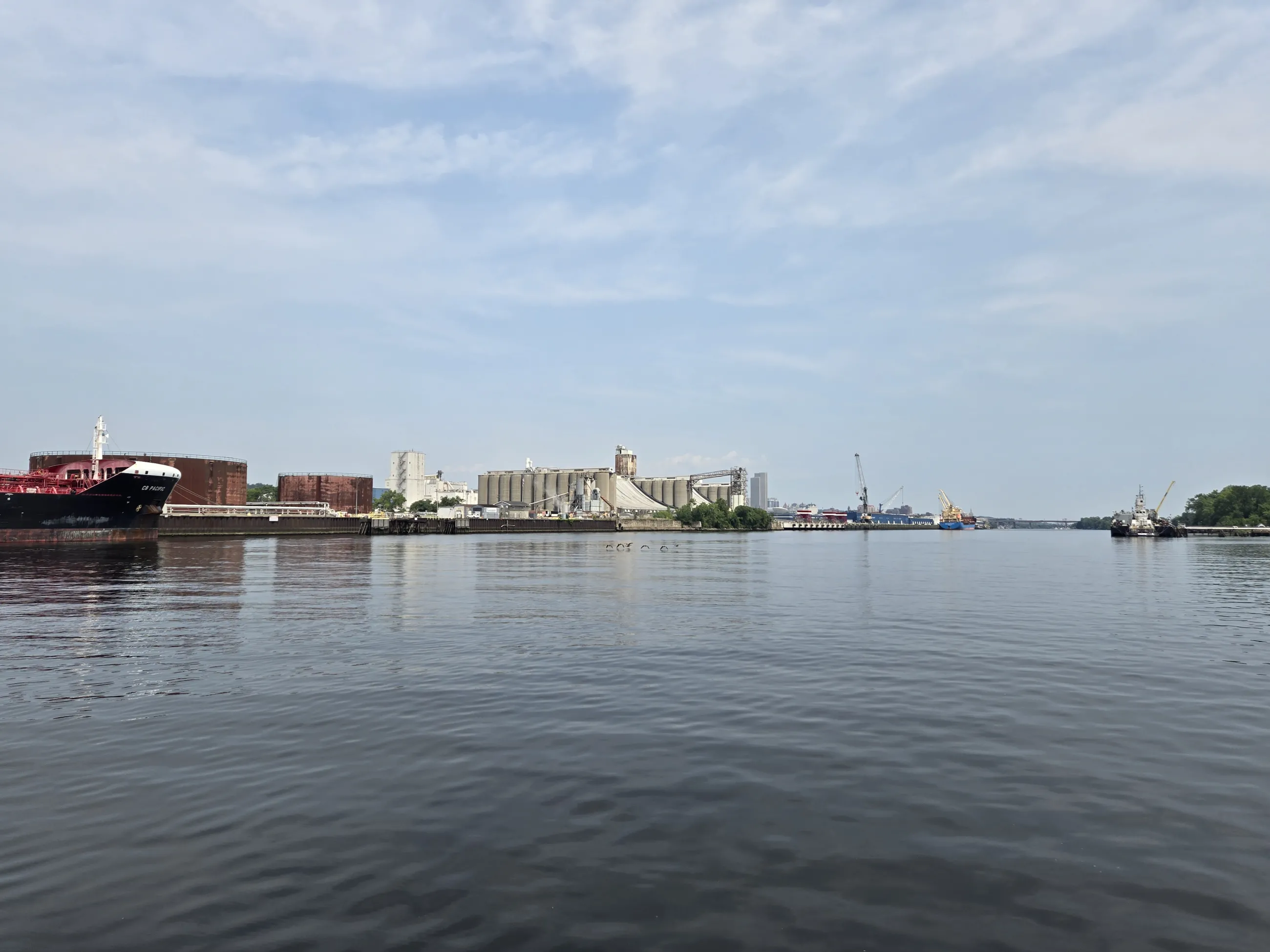Environmental Sustainability
The Port of Albany strives to conduct activities in a sustainable manner defined as environmentally responsible, community-driven, and economically beneficial. Respecting the environment is important for the Hudson River watershed and neighboring communities in addition to the sustained operations of the Port.
Green Marine
The Port of Albany consistently strives to be a leader in environmental performance. This is proven by the Port's commitment to consistent and consecutive Green Marine certifications beginning in 2016. The Port of Albany was the first port in New York State to volunteer and certify in the Green Marine program and has continued to demonstrate and expand its environmental leadership.

Certification comes after a year-long process of an internal assessment to benchmark annual performance through the program’s comprehensive self-evaluation guides. These results are verified by an accredited external verifier and then published.
The Port of Albany joins with ship owners, other ports, terminals, seaway corporations, and shipyards to address environmental issues through Green Marine’s 12 performance indicators. It is a voluntary, transparent, and inclusive initiative that focuses on key environmental issues.
The Green Marine Program is an environmental certification program for the North American marine industry and includes environmental performance measurements such as monitoring invasive species, GHG emissions and air pollutants, spill prevention, community impacts, environmental leadership and waste management. The Port of Albany looks forward to continuing its commitment to continuously improving environmental efficiencies in daily operations and working with its partners, customers and tenants to do the same.
